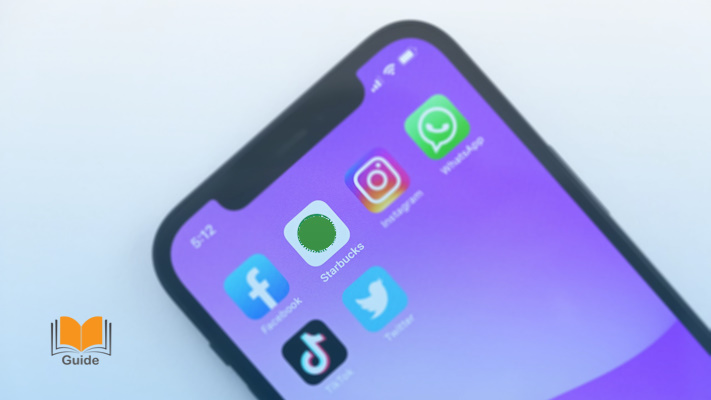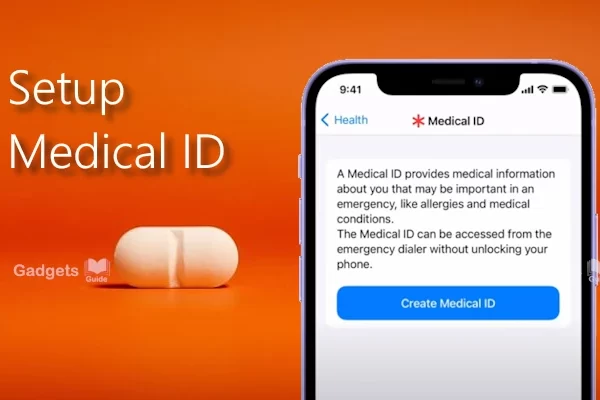
Here are some simple steps to keep your mobile applications up to date and get better performance from the devices you use. Keeping your smartphone and tablet apps up-to-date is essential for a smooth and secure mobile experience. Updates frequently bring new features, bug fixes, and improved performance. Here’s a guide on updating apps on both Android and iOS devices, along with some important do’s and don’ts.
Android
Keeping your Android apps updated is a two-step process: you can update them manually or enable automatic updates.Benefits of Updating Apps: There are several advantages to keeping your apps updated. Updates often address bugs and optimize code, making apps run smoother and faster. They can also bring exciting new features and functionalities, along with essential security patches to fix vulnerabilities and protect your device from malware.
Do’s and Don’ts:Here are some things to keep in mind when updating apps on Android:
- Do update apps regularly to benefit from the advantages mentioned above.
- Do enable automatic updates for convenience and to avoid missing important updates.
- Do connect to Wi-Fi for updates to avoid using up your mobile data allowance, as updates can be large.
- Don’t ignore update notifications. Outdated apps can be buggy and vulnerable to security risks.
- Don’t update apps over mobile data unless you have an unlimited plan or are on a strong Wi-Fi connection.
Updating Apps Manually:
- Open the Google Play Store app.
- Tap your profile picture in the top right corner.
- Select “Manage apps & device” then “Manage.”
- You’ll see a list of apps with “Update Available” for those needing updates.
- Tap “Update” next to individual apps or “Update all” at the top to update everything.
Enabling Automatic Updates:
- In the Play Store, tap your profile picture and go to “Settings.”
- Select “Network preferences” then “Auto-update apps.”
- Choose “Over Wi-Fi only” (recommended) or “Over any network” depending on your data plan.
- With this enabled, apps will update automatically when connected to Wi-Fi (or any network if chosen).
iOS
Similar to Android, keeping your iOS apps updated is crucial. You can update them manually or enable automatic updates.
Benefits of Updating Apps: Just like on Android, keeping your iOS apps updated offers several advantages. Updates can improve performance, bring new features, and enhance security by fixing vulnerabilities.
Do’s and Don’ts:Here are some things to remember when updating apps on iOS:
- Do update apps regularly to enjoy the benefits mentioned above.
- Do enable automatic updates for convenience and to avoid missing important updates.
- Do connect to Wi-Fi for updates to avoid using up your mobile data allowance.
- Don’t ignore update notifications. Outdated apps can be buggy and vulnerable to security risks.
- Don’t update apps over mobile data unless you have an unlimited plan or are on a strong Wi-Fi connection.
Updating Apps Manually:
- Open the App Store app.
- Tap on your profile picture in the top right corner.
- Pending updates will be displayed under “Available Updates.”
- Tap “Update” next to individual apps or “Update All” at the top to update everything.
Enabling Automatic Updates:
- Go to your device Settings.
- Tap “App Store.”
- Toggle on “App Updates” for automatic updates.
By following these tips and keeping your apps updated, you can ensure a secure, enjoyable, and feature-rich mobile experience on both Android and iOS devices.




